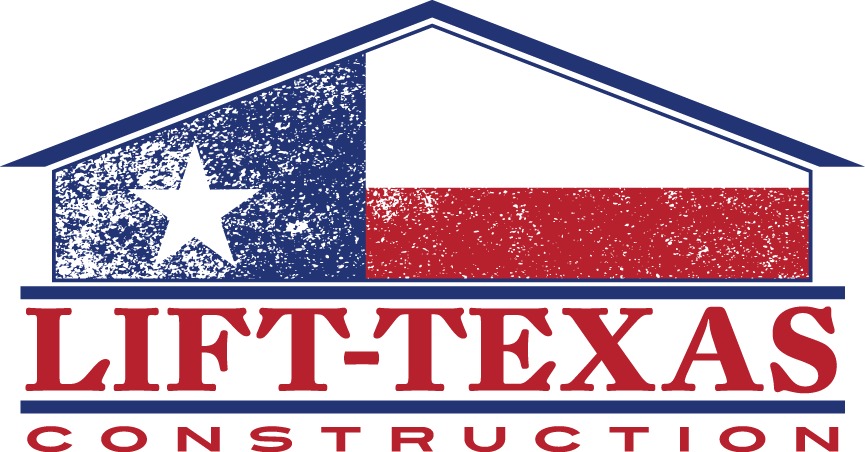When it comes to maintaining the structural integrity of a building, understanding the foundation repair process is crucial. The foundation is the bedrock upon which your entire property rests, and any issues can lead to significant problems if not addressed promptly and professionally. For property owners, navigating the world of foundation repair can often seem daunting due to the technical aspects and the significant impact it has on the safety and value of their property.
The initial step in the foundation repair journey begins with a comprehensive assessment, which identifies the root cause of foundation issues. This phase is critical as it determines the exact approach and techniques that will be employed to rectify the problem. Following this, various repair methods tailored to specific needs are utilized to ensure the longevity and stability of your foundation. This article aims to guide you through each step of the foundation repair process, offering clarity and confidence as you embark on this essential maintenance task. Understanding the process is not just about fixing problems—it’s about investing in the future safety and efficacy of your property.
Understanding the Foundation Repair Process
The process of repairing a foundation is both intricate and essential for ensuring the stability of your property. First, it starts with identifying the signs that there might be a problem, such as cracks in the walls or floors, doors that won’t close properly, or uneven floors. Once these symptoms are spotted, the next step involves a thorough evaluation by professionals who specialize in structural assessments.
Foundation repair can vary widely based on the severity of the damage and the underlying causes. Techniques may involve underpinning with helical piers to stabilize sinking foundations or using hydraulic lift systems to raise and support concrete slabs back to their original position. We focus on tailoring the repair methods to address the specific issues at hand, ensuring that each solution is precisely matched to the problem to avoid future complications and ensure lasting stability.
Evaluation and Assessment: What to Expect During Initial Consultation
When you first consult with us regarding potential foundation issues, our primary goal is to understand the complete picture of your foundation’s condition. During this initial consultation, our experts conduct a detailed inspection of your property. This evaluation typically includes checking for visible signs of damage, measuring the severity of misalignments, and determining the soil conditions that may be affecting your foundation.
This initial assessment is crucial as it guides our approach to repairing your foundation. We use this information to recommend the best possible treatment options tailored to your specific needs. Our thorough diagnostic process ensures that we address not just the symptoms of your foundation issues but also the root causes. This holistic approach helps prevent future problems, providing you with peace of mind and a more secure investment in your property’s stability and safety.
Foundation Repair Techniques and Their Applications
In the world of foundation repair, several techniques have been developed to address varied issues depending on the type, severity, and location of the damage. Slab jacking, for example, is commonly used to correct sunken concrete foundations. This involves pumping a grout mixture or a polyurethane foam into the space beneath the concrete to raise it back to its original level. This method is not only efficient but also cost-effective and minimally invasive, making it a popular choice for both residential and commercial repairs.
Another sophisticated technique is piering, particularly useful when dealing with more severe foundation issues like significant cracks or shifts. Piering involves driving steel or concrete piers into unstable soil to stabilize the foundation and prevent further sinking. This method is suited for properties built on unstable soil compositions, where traditional methods might not suffice. Understanding the specific requirements and potential risks of your property’s foundation issue is crucial in choosing the right repair method.
Post-Repair Care and Maintenance Tips
After completing foundation repair, maintaining the health of your foundation is essential to prevent future issues. Regular inspections are crucial; scheduling an annual check-up with professionals can help catch new problems early before they escalate. Additionally, maintaining proper drainage around your foundation is vital. Ensure gutters and downspouts are clean and effectively direct water away from the foundation perimeter to prevent erosion and water seepage.
It’s also wise to monitor the soil moisture levels around your home. Too much moisture can cause the soil to expand and put pressure on the foundation, while too little moisture can cause the soil to shrink away, weakening support for the foundation. Strategic landscaping can also help by using plants that require less water near the foundation, thus minimizing the risk of soil expansion and contraction near the structure.
Conclusion
Taking proactive steps towards recognizing foundation issues and engaging in regular maintenance can extend the life of your property’s foundation significantly. Remember, the foundation is as crucial as the visible parts of your building, and keeping it in top shape is paramount for overall structural health. At Lift-Texas Construction, our expertise is not just about making immediate repairs but also about providing ongoing support to ensure that your home or business stands strong for years to come.
If you notice signs of foundation issues or want to learn more about preventive measures, don’t hesitate to get in touch. Our skilled team is ready to provide you with effective solutions tailored to your specific needs, ensuring your peace of mind and the durability of your property. Reach out to Lift-Texas Construction for concrete foundation repair.

